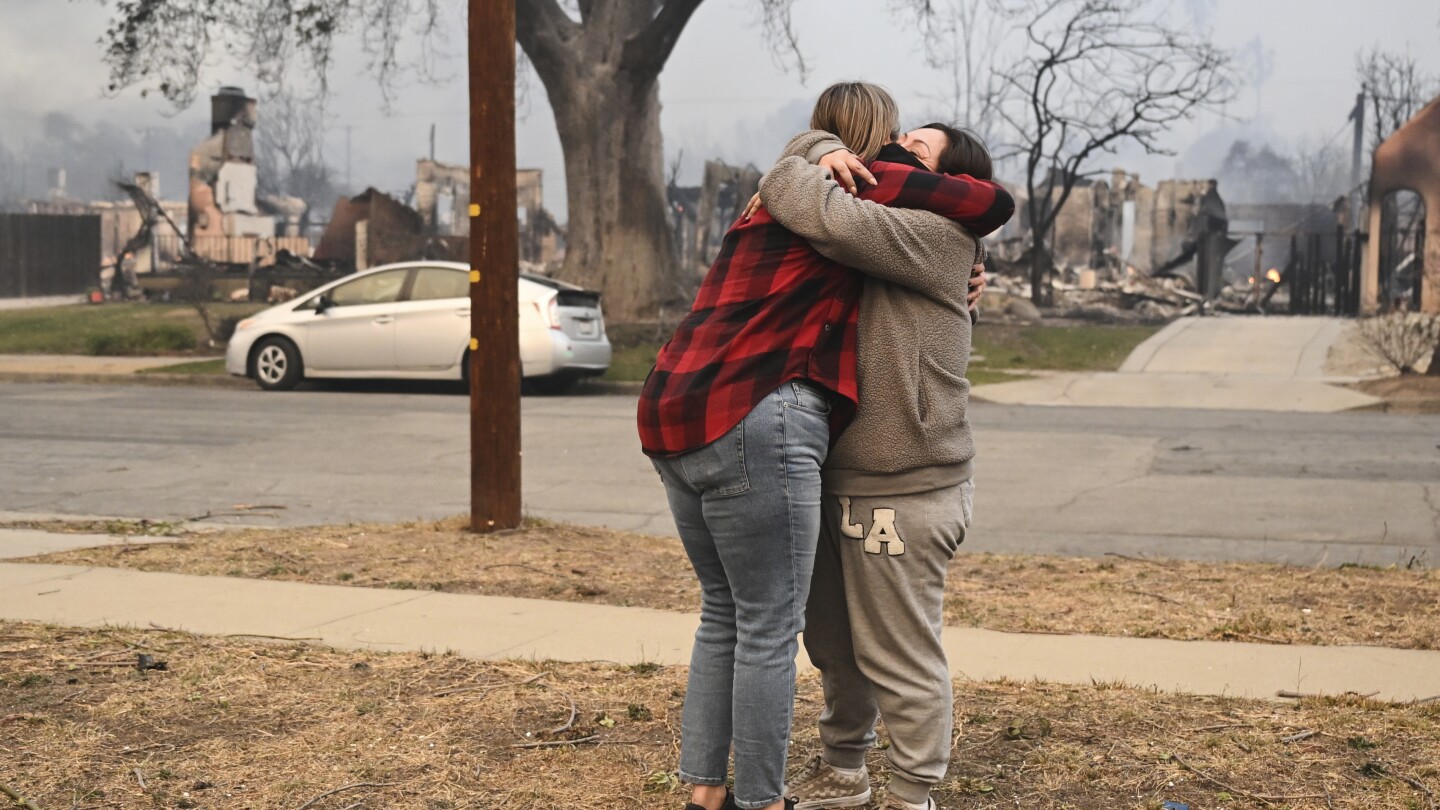Navigating Hope: Effective Strategies to Support California Wildfire Survivors
As California faces a relentless tide of devastating wildfires, the impact on communities and individuals is profound and far-reaching. Fire seasons have grown longer and more intense, leading to loss of homes, livelihoods, and even lives. In the wake of such disasters, it’s crucial for individuals and organizations to step up and provide meaningful support to survivors. This article explores effective strategies to navigate hope and make a difference in the lives of those affected by California’s wildfires.
Understanding the Impact of Wildfires
The aftermath of wildfires extends beyond the physical destruction of property. Survivors often face emotional and psychological challenges, including trauma, anxiety, and depression. The loss of familiar surroundings and community ties can lead to feelings of isolation and helplessness.
- Physical Displacement: Many survivors find themselves without homes, leading to temporary shelters or living with friends and family.
- Economic Hardship: The loss of jobs and businesses due to fire damage can plunge families into financial distress.
- Emotional Toll: Witnessing the destruction of one’s home and community can lead to long-term psychological effects.
Recognizing these multifaceted impacts is the first step in providing effective support to wildfire survivors.
Practical Ways to Support Wildfire Survivors
Supporting survivors of California’s wildfires can take many forms. Here are some practical strategies that individuals and communities can implement to make a real difference:
1. Donate Financially or Materially
One of the most immediate ways to help is through financial donations or by providing essential materials. Many survivors need basic necessities such as clothing, food, and hygiene products.
- Local Organizations: Consider donating to local nonprofits that specialize in disaster relief, such as the American Red Cross or local community foundations.
- Material Goods: Organize donation drives for clothing, household items, or hygiene products, ensuring they meet the current needs of survivors.
2. Volunteer Your Time
Hands-on support can be invaluable. Volunteering your time helps organizations that are on the ground providing relief and recovery services.
- Disaster Relief Centers: Many communities set up centers where you can assist in distributing supplies, providing emotional support, or helping families navigate recovery resources.
- Rebuilding Efforts: Engage in rebuilding efforts, whether through skilled labor or general assistance. Organizations like Habitat for Humanity often seek volunteers for rebuilding efforts.
3. Create Awareness and Advocate
Advocacy plays a crucial role in ensuring that the needs of wildfire survivors are met. Spread the word about the challenges faced by affected communities and promote fundraising events or relief efforts.
- Social Media: Use your platforms to share information about how others can help. Highlight stories of survivors to humanize the statistics.
- Local Government: Engage with local representatives to ensure that wildfire recovery is prioritized in policy discussions.
4. Offer Emotional Support
Emotional support is just as vital as physical assistance. Survivors may benefit from a listening ear, companionship, or professional mental health support.
- Community Groups: Join or support local groups that offer peer support for survivors, allowing them to share their experiences and heal together.
- Mental Health Resources: If you’re a mental health professional, consider volunteering your services to help those in need of counseling and therapy.
Connecting with Survivors
Building connections with wildfire survivors can provide them with hope and a sense of community. Here’s how you can effectively connect:
- Community Events: Organize or participate in community events that bring survivors together, fostering a supportive environment where they can share and heal.
- Story Sharing: Encourage survivors to share their stories, which can empower them and raise awareness about their experiences.
The Role of Technology in Recovery
In today’s digital age, technology can play a significant role in supporting wildfire recovery efforts. Here are some modern strategies:
- Online Fundraising: Use crowdfunding platforms to create campaigns specifically for wildfire survivors, allowing friends, family, and even strangers to contribute.
- Social Media Campaigns: Launch campaigns to raise awareness about wildfire recovery needs and promote local businesses affected by the fires.
Long-Term Recovery: Building Resilience
While immediate support is crucial, long-term recovery is equally important. Here are ways to help build resilience in affected communities:
- Education and Training: Support programs that provide skills training for survivors to rebuild their lives, focusing on job readiness and entrepreneurship.
- Community Planning: Advocate for sustainable community planning that includes wildfire-resistant infrastructure to better prepare for future fire seasons.
Conclusion: A Collective Responsibility
Navigating hope in the wake of California’s wildfires requires a collective effort from individuals, organizations, and communities. By understanding the multifaceted impacts of wildfires and taking actionable steps to support survivors, we can truly make a difference. Each small act of kindness, whether through financial donations, volunteering, or simply offering emotional support, contributes to a larger movement of recovery and resilience. Let’s stand together in solidarity, ensuring that those affected by this crisis not only find hope but also the resources they need to rebuild their lives.
See more Your Daily Weather



